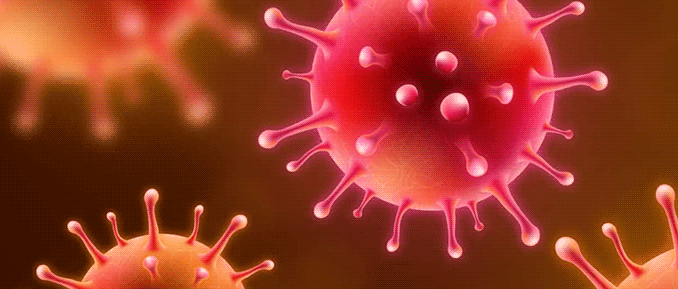
Histones are the most eminent DNA-interacting proteins. As the primary protein constituent of chromatin, forming complexes with DNA to compact our large genome for efficient nuclear organization, histones support critical cellular processes such as transcription, DNA replication, and DNA repair through diverse post-translational modifications that regulate their interactions with DNA and other nuclear proteins. Consequently, anomalous changes in histone epigenetics can lead down the road to assorted pathological conditions, making histone modifications and their associated modifying enzymes suitable diagnostic, prognostic, and therapeutic tools in the fight against human disease.
Histone marks come in a variety of chemistries, collectively constituting a so-called “histone code” involved in epigenetic chromatin regulation. Covalent modifications to histone tails, including methylation, acetylation, ubiquitination, sumoylation, citrullination, and phosphorylation, are well-correlated with chromatin structure (euchromatin versus heterochromatin), which in turn impacts transcriptional activation/silencing. For instance, histone acetylation (e.g., H3K9ac, H3K14ac, H3K27ac) has been linked to an open chromatin configuration and active gene expression state. Methylated histone marks like H3K4me1, H3K4me2, H3K4me3, H3K36me3, and H3K79me2 have been identified as transcription activators, while tri-methylated H3K9 and H3K27 are known to play repressive roles.
Aside from their prominent functions in eukaryotic biology, histone modifications also serve as a line of defense during viral infection. This unique antiviral mechanism involves strategic host-mediated alterations in the genomic architecture of invading DNA viruses that blunt their replication and gene expression. By depositing repressive histone marks onto viral genomic material, host cells can induce a heterochromatic remodeling of the foreign DNA. The structural shift to a more tightly packed arrangement imposed upon the viral DNA accordingly hinders accessibility to host cell factors required by the pathogen for its basic subsistence.
Through a yet ambiguous process, host cells are able to differentiate the extraneous DNA molecules, subsequently tagging them with heterochromatic marks for viral suppression. The antiviral effects of histone modifications are facilitated mainly by pro-myelocytic leukaemia nuclear bodies (PML-NBs) and interferon-inducible protein 16 (IFI16). PML-NBs are aggregates of nuclear proteins next to which the genome of many DNA viruses (e.g., SV40, Ad5, HSV-1, HCMV) localizes and initiates replication. Specifically, the PML-NB components Daxx and ATRX are known to form a complex that loads viral DNA with the H3 histone variant H3.3 containing repressive K9me3. The innate immune DNA sensor IFI16 employs an alternate course of action: the direct recruitment of H3K9-methylating enzymes to viral DNA for repressive histone mark deposition.
Naturally, viruses have evolved shrewd countermeasures to these repression tactics, hijacking elements of the cellular epigenetic regulatory system to neutralize the host’s antiviral campaign. Viral proteins have been shown to complex with certain host cell factors in order to recruit various histone-modifying enzymes that can remove repressive marks on viral DNA like H3K9me3 and add activating marks such as H3K4me3. It has also been reported that viral proteins can mediate degradation of PML-NBs and IFI16, thereby inhibiting the incorporation of repressively-marked histones into the viral genome.
Results from H3K9 demethylase inhibitor studies with HSV-1, HCMV, and VZV showing epigenetic suppression of viral DNA are indeed encouraging. Drugs targeting these and other enzymes that remove repressive histone marks may prove remedially useful by maintaining viruses of infected patients in a suppressed state. However, such maintenance would necessitate the continuous administration of compounds whose targets are essential to normal host physiology, and viruses could eventually develop ways to evade treatment after chronic exposure. Long-term studies are still needed for evaluating the effects of prolonged inhibition of endogenous histone-modifying machinery on the host’s innate biological functions as well as viral resistance.
Source
Tsai K, Cullen BR. Epigenetic and epitranscriptomic regulation of viral replication. Nat Rev Microbiol. 2020 Oct;18(10):559-570. doi: 10.1038/s41579-020-0382-3. Epub 2020 Jun 12. PMID: 32533130; PMCID: PMC7291935.

